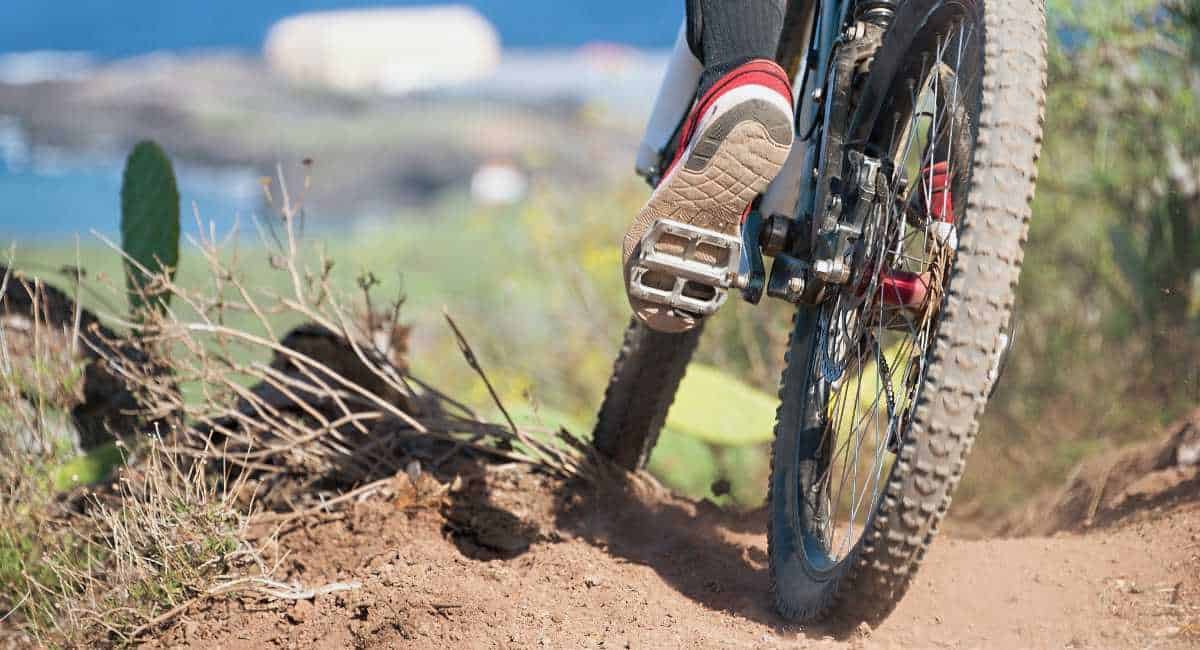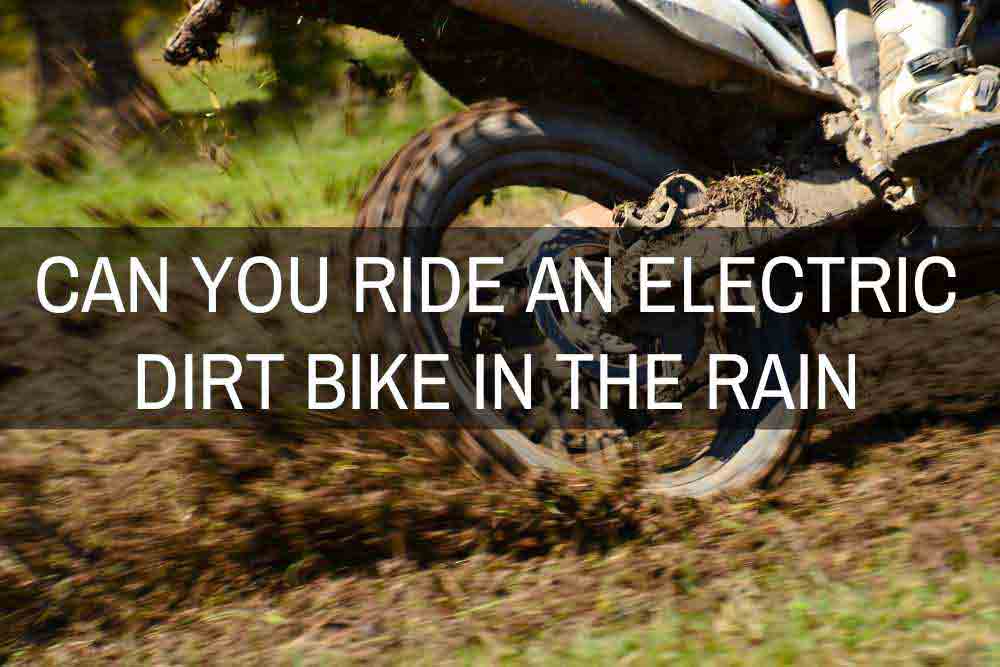Are electric dirt bikes street legal? It’s a question that’s buzzing around the motorcycle world, especially with the rise of eco-friendly electric vehicles. While dirt bikes are typically associated with off-road adventures, some riders are looking to take their electric steeds onto paved roads. But before you hit the asphalt, it’s important to understand the legal landscape.
The answer to this question depends heavily on your location, as regulations vary from country to country and even state to state.
This article will dive into the specifics of electric dirt bike legality on public roads, exploring the factors that determine street legality, safety considerations, and the environmental impact of these electric machines. We’ll also take a look at the future of electric dirt bikes on the road and how technology and policy changes might shape their role in urban transportation.
Legality of Electric Dirt Bikes on Public Roads

Electric dirt bikes, known for their thrilling off-road adventures, are becoming increasingly popular. However, their legality on public roads varies significantly across different countries and regions. This is primarily due to regulations and laws that govern the use of motorcycles on public roads, which often differ for electric dirt bikes compared to traditional gasoline-powered motorcycles.
Regulations and Laws Governing Electric Dirt Bikes on Public Roads
Regulations and laws governing electric dirt bikes on public roads are often influenced by factors such as engine size, speed, and safety features. These factors determine whether an electric dirt bike is classified as a motorcycle, a moped, or a low-speed vehicle.
- Licensing Requirements: In many jurisdictions, electric dirt bikes classified as motorcycles require riders to obtain a motorcycle license. This usually involves passing a written test and a practical riding test. For electric dirt bikes classified as mopeds or low-speed vehicles, licensing requirements may be less stringent, sometimes requiring only a driver’s license.
- Registration: Electric dirt bikes, like traditional motorcycles, may require registration with the local authorities. Registration involves obtaining a license plate and insurance for the vehicle. This process ensures that the vehicle is identifiable and legally allowed to operate on public roads.
- Speed Limits: Electric dirt bikes are often subject to the same speed limits as other vehicles on public roads. However, some jurisdictions may have specific speed limits for electric dirt bikes based on their classification. For example, low-speed vehicles might have a lower speed limit than traditional motorcycles.
Safety Considerations

Riding an electric dirt bike on public roads presents a unique set of safety concerns. While these bikes offer advantages like reduced noise and emissions, their design and performance characteristics require specific safety considerations for street use.
Safety Features for Street Use
Electric dirt bikes designed for street use should incorporate essential safety features to ensure the rider’s and other road users’ safety. These features include:
- Headlights and Taillights: Proper lighting is crucial for visibility, especially during low-light conditions. Headlights illuminate the road ahead, while taillights warn following vehicles of the bike’s presence.
- Turn Signals: Turn signals are essential for communicating lane changes and turns, preventing accidents by alerting other drivers of the rider’s intentions.
- Brakes: Powerful and reliable brakes are paramount for safe stopping. Electric dirt bikes should have robust braking systems, ideally with front and rear disc brakes, for effective deceleration.
- Mirrors: Rearview mirrors allow riders to monitor traffic behind them, improving situational awareness and reducing the risk of collisions.
- Horn: A horn provides an audible warning to other road users, alerting them to the rider’s presence and potential hazards.
Safety Comparison with Traditional Dirt Bikes
Electric dirt bikes, while sharing some safety concerns with traditional gasoline-powered dirt bikes, also present unique aspects:
- Noise: Electric dirt bikes are significantly quieter than their gasoline counterparts, which can be a safety advantage as they are less likely to startle pedestrians or other road users. However, this quietness can also make them harder to hear for other vehicles, potentially increasing the risk of accidents.
- Performance: Electric dirt bikes often offer instant torque and acceleration, which can be exhilarating but also challenging to manage, especially for novice riders. This can increase the risk of sudden maneuvers and accidents.
- Battery Range: The limited range of electric dirt bikes compared to gasoline bikes requires careful planning and awareness of charging stations. Running out of battery power on the road can be dangerous, especially in remote areas.
Environmental Impact
Electric dirt bikes offer a significant environmental advantage over their gasoline-powered counterparts. They produce zero tailpipe emissions, contributing to cleaner air quality and a healthier environment.
Reduced Emissions, Are electric dirt bikes street legal
Electric dirt bikes are powered by electricity, which can be generated from renewable sources like solar and wind power. This significantly reduces greenhouse gas emissions compared to gasoline-powered bikes that release harmful pollutants like carbon dioxide, nitrogen oxides, and particulate matter into the atmosphere.
Noise Pollution
Electric dirt bikes operate significantly quieter than gasoline-powered bikes. The absence of a combustion engine eliminates the loud roar and exhaust noise, making them a more environmentally friendly option for off-road riding and reducing noise pollution in sensitive areas.
Initiatives and Programs
Several initiatives and programs are promoting the adoption of electric dirt bikes for environmental reasons.
- The California Air Resources Board (CARB) has implemented regulations to encourage the development and adoption of zero-emission off-road vehicles, including electric dirt bikes. These regulations aim to reduce air pollution and improve air quality.
- The National Off-Highway Vehicle Conservation Council (NOHVCC) promotes responsible off-road recreation and supports the development of sustainable off-road vehicles, including electric dirt bikes.
- Many off-road riding areas and parks are offering incentives and infrastructure for electric dirt bikes, such as charging stations and designated riding areas. This encourages riders to transition to cleaner alternatives.
Specific Examples and Case Studies: Are Electric Dirt Bikes Street Legal
Electric dirt bikes, despite their increasing popularity, face legal hurdles when it comes to street use. The legal landscape varies widely across different countries and regions, and navigating the regulations can be challenging. Let’s explore some examples of street-legal electric dirt bikes and examine some real-world case studies that highlight the complexities of using these machines on public roads.
Street-Legal Electric Dirt Bikes
The availability of street-legal electric dirt bikes depends on the specific regulations of the country or region. Here are some examples of models that have been designed or modified to meet street-legal requirements in certain areas:
- KTM Freeride E-XC: This electric dirt bike is available in Europe and some other regions, and it is designed to meet street-legal requirements. It features a license plate holder, turn signals, headlights, and other necessary road-legal equipment.
- Zero FX: While primarily marketed as a dual-sport motorcycle, the Zero FX has been adapted for street use in some countries. It can be fitted with street-legal accessories, such as turn signals and mirrors, to meet local regulations.
- Sur-Ron Light Bee: This electric dirt bike is popular in several countries, including China, where it is street-legal. However, it is not street-legal in the United States, where it is classified as an off-road motorcycle.
Case Studies and Legal Challenges
The use of electric dirt bikes on public roads has sparked controversies and legal challenges in various regions. Here are some examples:
- California: In California, electric dirt bikes are generally considered off-road vehicles, and their use on public roads is restricted. However, some riders have attempted to register them as motorcycles, facing legal challenges and fines. This situation highlights the ongoing debate about the classification and regulation of electric dirt bikes on public roads.
- European Union: The European Union has adopted a more flexible approach to the regulation of electric dirt bikes, allowing some models to be classified as motorcycles. This has led to increased adoption of street-legal electric dirt bikes in certain EU countries. However, there are still variations in regulations across different member states, creating complexities for riders.
- Australia: In Australia, the use of electric dirt bikes on public roads is generally restricted, with some exceptions for specific models that meet road-legal requirements. The Australian government has been working on updating regulations to accommodate the increasing popularity of electric motorcycles, including electric dirt bikes.
Future of Electric Dirt Bikes on Public Roads

The adoption of electric dirt bikes on public roads is a rapidly evolving area, with potential for significant growth in the coming years. As technology advances and consumer demand for sustainable transportation options increases, the future of electric dirt bikes on public roads is becoming increasingly bright.
Factors Influencing Future Adoption
Several factors are likely to influence the future adoption of electric dirt bikes on public roads, including technological advancements, policy changes, and consumer demand.
- Improved Battery Technology: Advancements in battery technology are crucial for increasing the range and reducing the charging time of electric dirt bikes. Higher-capacity batteries will allow riders to travel longer distances without needing to recharge, while faster charging times will make it more convenient to use electric dirt bikes for everyday commutes.
- Enhanced Performance: Electric dirt bikes are already known for their impressive torque and acceleration, but further improvements in motor technology and software will lead to even better performance. This will make electric dirt bikes more appealing to riders who value speed and agility.
- Government Regulations: Governments around the world are increasingly adopting policies to promote the use of electric vehicles, including electric motorcycles. These policies may include tax incentives, subsidies, and infrastructure investments, all of which can encourage the adoption of electric dirt bikes on public roads.
- Consumer Demand: Consumers are becoming increasingly aware of the environmental benefits of electric vehicles, and many are seeking out sustainable transportation options. The growing demand for electric dirt bikes will push manufacturers to develop more advanced models and expand their availability.
Potential Scenario for the Future
One potential scenario for the future of electric dirt bikes on public roads involves a combination of technological advancements, policy changes, and increased consumer demand.
- Infrastructure Development: Governments and private companies will invest in charging infrastructure for electric motorcycles, making it easier for riders to charge their bikes on the go. This could include public charging stations located at gas stations, shopping malls, and other convenient locations.
- Regulatory Changes: Regulations will be updated to accommodate the use of electric dirt bikes on public roads. This could include the creation of new licensing categories for electric motorcycles and the establishment of speed limits and safety standards specific to electric dirt bikes.
- Increased Adoption: As electric dirt bikes become more affordable, efficient, and accessible, they will gain wider adoption among consumers. This could lead to a significant shift in the motorcycle market, with electric dirt bikes becoming a popular choice for commuters, recreational riders, and even professional racers.
The future of electric dirt bikes on public roads is exciting and full of potential. As technology continues to advance and environmental concerns grow, we may see a shift in regulations and a greater acceptance of these electric machines on the streets. For now, it’s crucial to be aware of the legal requirements in your area and to prioritize safety when riding.
Whether you’re a seasoned rider or a curious newcomer, the world of electric dirt bikes is evolving, and the possibilities are just beginning to unfold.
Expert Answers
Are electric dirt bikes faster than gas-powered dirt bikes?
Electric dirt bikes can offer impressive acceleration and torque, making them feel incredibly fast off the line. However, their top speed might be lower than gas-powered counterparts. It really depends on the specific model and its motor power.
How long does it take to charge an electric dirt bike?
Charging times vary depending on the battery size and the charger you use. It can range from a few hours to several hours for a full charge.
Are electric dirt bikes noisy?
Electric dirt bikes are significantly quieter than gas-powered dirt bikes. They don’t have the roar of an engine, making them more neighborly and environmentally friendly.
Can I modify my electric dirt bike to make it street legal?
It’s not recommended to modify your electric dirt bike yourself to meet street legal requirements. You’ll need to consult with a qualified mechanic or an authorized dealer for any modifications to ensure safety and compliance with regulations.